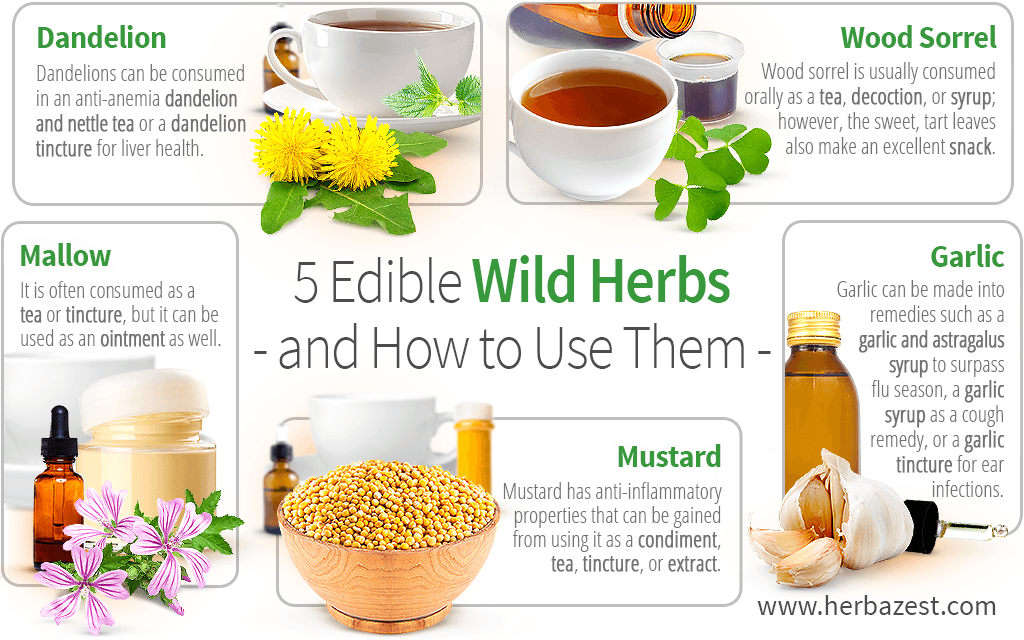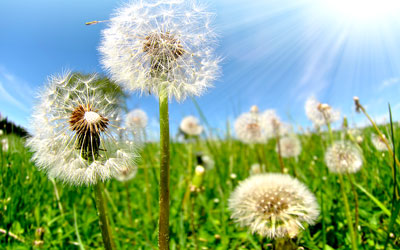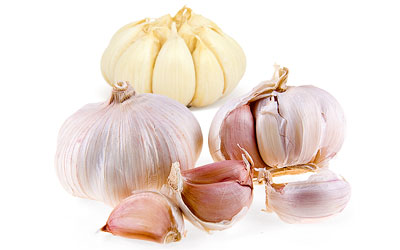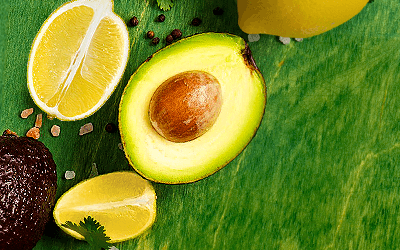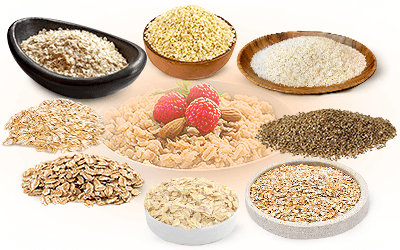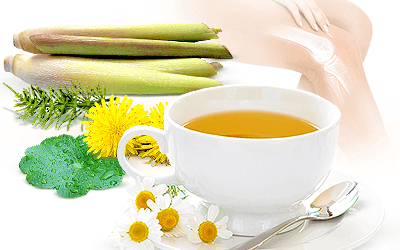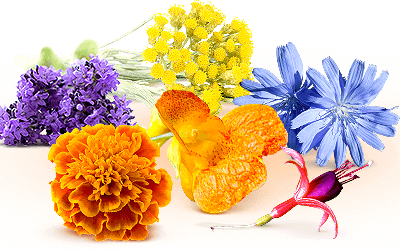While herb gardens are a popular way to reap the benefits of medicinal herbs, few people realize the potential uses of plants that grow commonly in the wild. Numerous powerful healing herbs commonly grow wild on various continents. In particular, these five herbs are some of the most useful wild-growing plants around.
1. Dandelion
Dandelion is known for growing just about everywhere, especially in places where it may not be wanted. But, although it is considered a weed, it actually possesses useful health benefits. Dandelions have diuretic properties and can help improve liver function. Additionally, they are one of the best plant-based sources of iron. They can be consumed in an anti-anemia dandelion and nettle tea or a dandelion tincture for liver health. They are also popular to add to savory dishes, such as a dandelion salad or dandelion pumpkin seed pesto.
2. Mallow
While mallow is not as ubiquitous as dandelion, it has a similar range. Mallow is native only to Eurasia, but it has since spread to grow wild on every continent except Antarctica. It is a powerful herb that can soothe both internal and external irritation as well as reduce swelling. It is most commonly consumed as a tea or tincture, but it can be used as an ointment as well.
3. Wood Sorrel
Wood sorrel also grows on every continent besides Antarctica. There are slight variations among the different varieties, but all are useful for improving liver health and supporting digestion as well as for soothing ulcer pain. Wood sorrel is usually consumed orally as a tea, decoction, or syrup; however, the sweet, tart leaves also make for an excellent snack.
4. Garlic
Although garlic is grown commercially - and often planted in small herb gardens - it also grows wild across most of the temperate regions in the Northern Hemisphere. Garlic is famous for its antibacterial properties, and it is useful for fighting infections and illnesses. It may also be used to balance cholesterol. Although most people think of garlic as just a seasoning, it can also be made into remedies, such as a garlic and astragalus syrup to surpass flu season, a garlic syrup as a cough remedy, or a garlic tincture for ear infections. It is also still useful for culinary preparations, of course, like garlic guacamole or Catalonian garlicky tomato toast.
5. Mustard
Another plant often grown and sold commercially, mustard also encompasses a variety of wild species growing across several different continents. It has strong anti-inflammatory properties that are commonly used to treat rheumatism, arthritis, and muscle pain, and it is also useful to relieve congestion in respiratory diseases. All of these benefits can be gained from using mustard as a condiment, but they may also be reaped by consuming it as a tea, tincture, or extract. It is also great topically in this mustard ginger salt scrub or mustard plaster for chest congestion relief.
Herbs do not just grow in gardens for nothing, and many wild species offer significant medicinal benefits. So, next time you see one of these herbs, consider harvesting it to take advantage of its healing power!
Sources
- A Field Guide to Edible Wild Plants of Eastern and Central North America
- Edible Wild Plants
- Purdue Horticulture and Landscape Agriculture, Brassica nigra (L.) Koch


